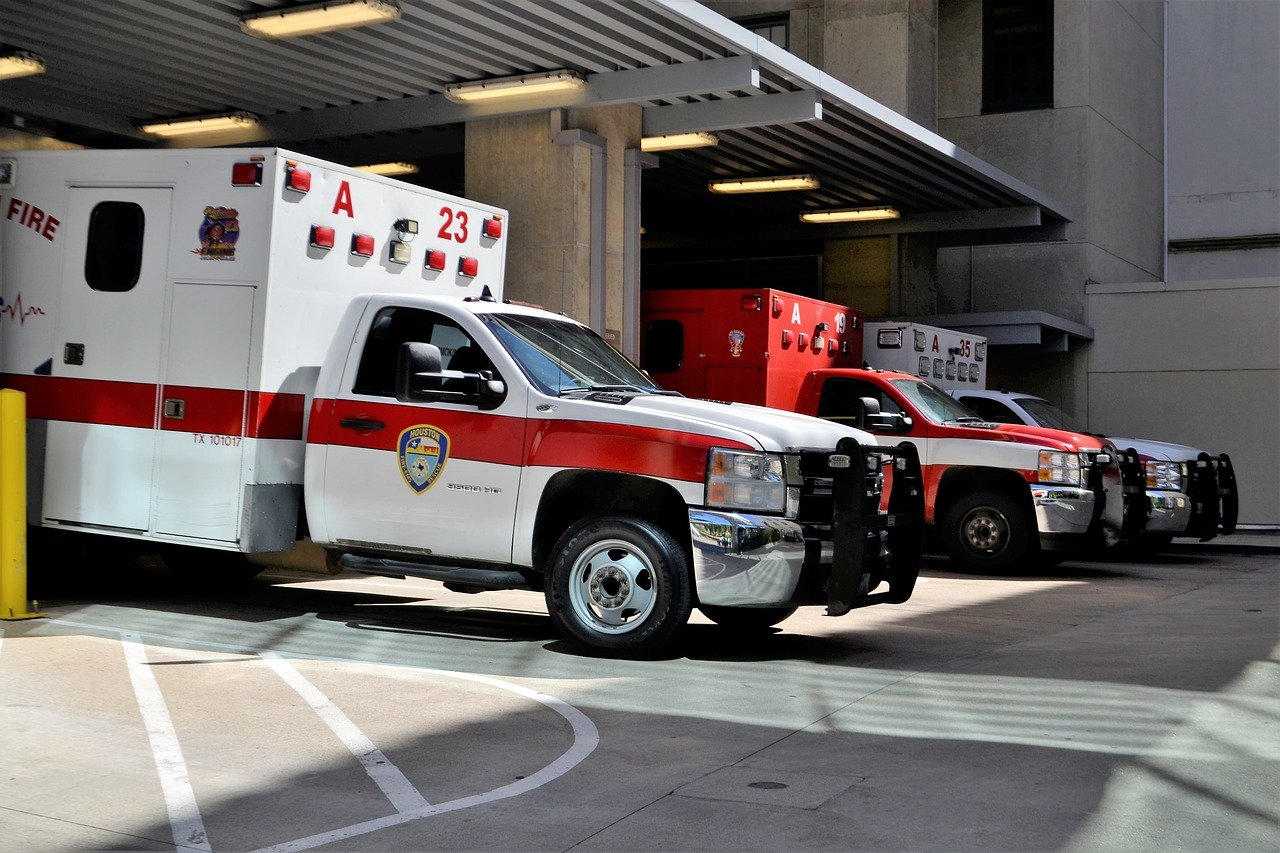Hope for the Best, Plan for the Worst: The Emergency Fund

Only 4 out of every 10 people in the United States have enough savings to cover a $500 to $1,000 expense, unfortunately, leaving an awful lot of people in debt (Blue). This issue goes beyond the superficial and involves the psychological makeup of an individual. As human beings, we tend to think that if we make more income, we can spend more of that income. This belief leads to more and more Americans living paycheck to paycheck. A recent Nielsen study found that “one in four families making $150,000 a year or more are living paycheck-to-paycheck” (Pesce). It is on us to begin switching that “spend first” mindset to the “spend less” than you earn mindset. This process is laid out by Michael Blue in his article “Saving for Emergencies” in three easy steps: spend less than you earn, figure out how much you want to save, and decide where you are going to put the money.
Take the Leap
If you are anything like me, it is difficult to differentiate between needs and wants. When I received my first paycheck this summer, I spent most of it on eating out with friends and customizing my four-wheeler. The more a person makes, the more they typically think they can spend. Now, we are faced with a dilemma—earn more and spend more or spend less than you earn. You may be thinking to yourself, “How can I begin to spend less than I earn?” To better gauge spending habits, come up with a spending plan. Determine what expenses you can cut down on (groceries, clothing, eating out, possibly even your living situation). Once those costs and other living expenses are minimized, spending less than you earn seems much easier.
Have a Plan
The second thing to do is decide how much you plan on saving. In my life, I was forced to think about this principle earlier than I anticipated. During my sophomore year of college, my car was making a harsh scraping sound. I took it to the mechanic that day and it was explained to me I would need a new serpentine belt. The belt and labor cost around $200, and I was thankful I had a little extra in my savings for situations like this. An emergency fund is money set aside in case the “worst-case scenario” happens (vehicle transmission failure, unexpected hospital stays, major home repairs, loss of a job, etc.). There is one thing that we can all know for certain when it comes to the unexpected, and that is that the unexpected will happen at some point. A good starting point is between $1,000-$1,500 for these unexpected expenses. A good rule of thumb as you continue saving is to keep 3-6 months of living expenses in your emergency fund. Then, when life throws you a curveball, you can hit it right out of the park!
Find Your Place
The last step is deciding where to put the emergency fund. Store the money somewhere that you will not be tempted to withdraw it for daily purchases. This could even be a separate savings account at a secondary bank. It is called an “emergency” fund for a reason. Do not use the hard-earned money you have put in to pay for a want. Prioritize and then take action.
God owns it all. This means all our money, assets, and other resources are His. We do not have ownership, God does. In Proverbs 21:20, Solomon says, “Precious treasure and oil are in a wise man’s dwelling, but a foolish man devours it” (NIV, BibleGateway). God calls us to be wise stewards of the resources with which He has blessed us. We have the responsibility to be wise stewards of those resources and along with that, establish an emergency fund that gives us the freedom to further God’s kingdom. If you would like help creating a savings plan or an emergency fund, feel free to schedule an appointment today: https://ronblueinstitute.com/schedule-an-appointment/.
References:
- Blue, Michael. “Saving for Emergencies.” Moneywise, https://moneywise.org/articles/saving-for-emergencies. Accessed 4 September 2020.
- Pesce, Nicole Lyn. “A Shocking Number of Americans are Living Paycheck to Paycheck.” https://www.marketwatch.com/story/a-shocking-number-of-americans-are-living-paycheck-to-paycheck-2020-01-07. Accessed 4 September 2020.
- New International Version. BibleGateway, https://www.biblegateway.com/passage/?search=Proverbs+21%3A20&version=NIV. Accessed 4 September 2020.